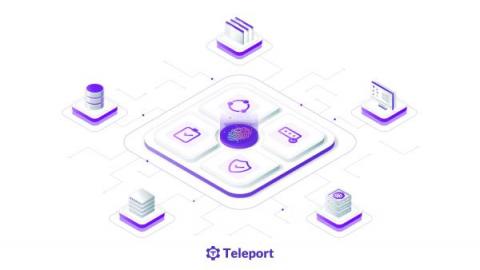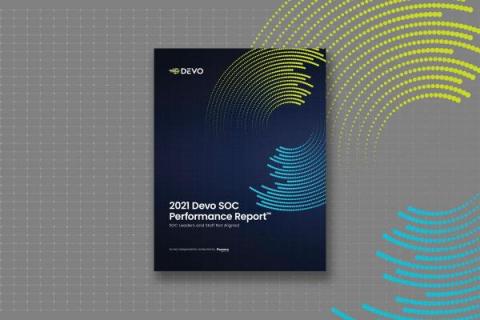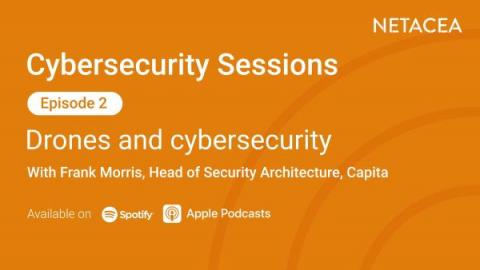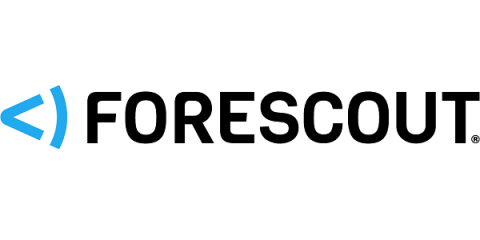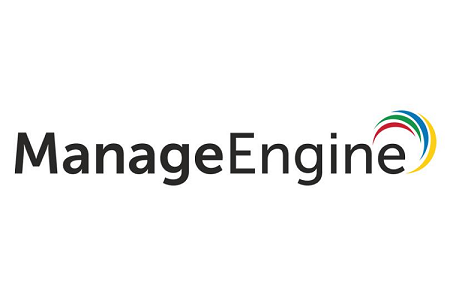Netskope Named One of the 25 Highest Rated Private Cloud-Computing Companies to Work For
Here at Netskope, our corporate culture means everything to us. In our core values, we strive to be collaborative and transparent, to cut out politics and bureaucracy, and to always have fun. With all of these values in mind, we are so excited to announce that Netskope has been named one of Battery Venture’s 25 Highest Rated Private Cloud-Computing Companies to Work For!



